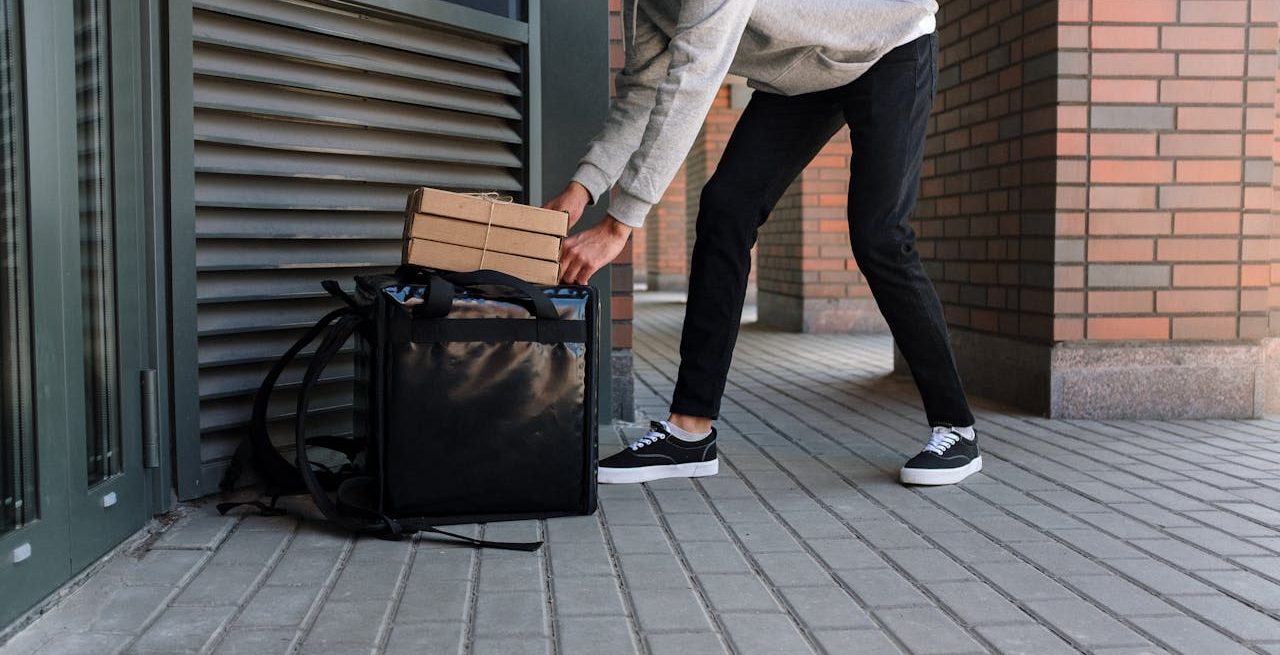Delivering on Delivery: An Implementation Guide
5 Min Read By Vitalii Makhov
Online food delivery thrives as phones become one-stop shops for ordering and tracking meals. This convenience has made the online food delivery market massive, with global revenues of over $1 trillion in 2023 alone.
As the huge market keeps growing, expected to hit $1.8 trillion by 2028, restaurants face a big decision. They must choose whether to use third-party online ordering platforms or handle delivery in-house.
This guide helps restaurants pick the right way to deliver. Plus, it explores how to efficiently implement ordering platforms and optimise delivery operations.
In-House vs. Third-Party DeliveryIn the past, customers had to call or fill out forms on the restaurant's website to get food to their doorsteps. However, things have changed with the rise of delivery apps for restaurants.
These apps have made it much easier for people to order food for delivery. Customers can now browse menus, place and track their orders, all from their phones.
For restaurants, there are…
Sorry, You've Reached Your Article Limit.
Register for free with our site to get unlimited articles.
Already registered? Sign in!


